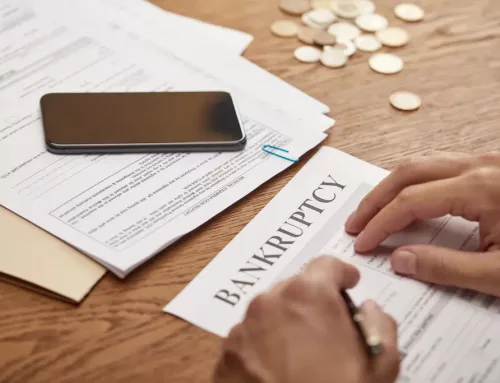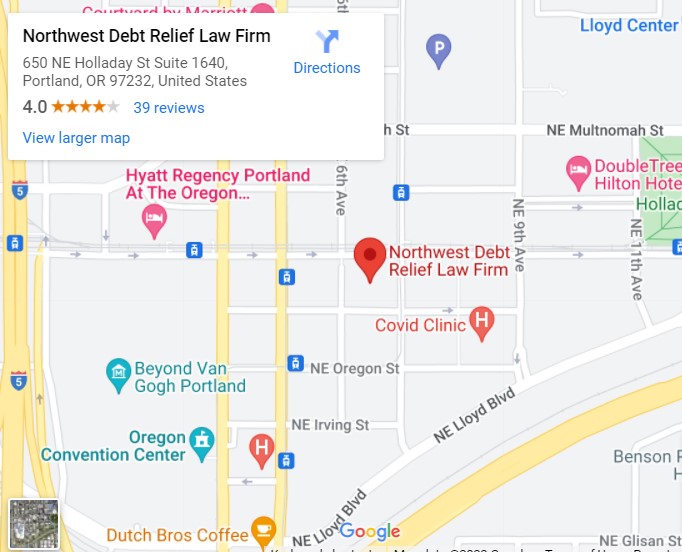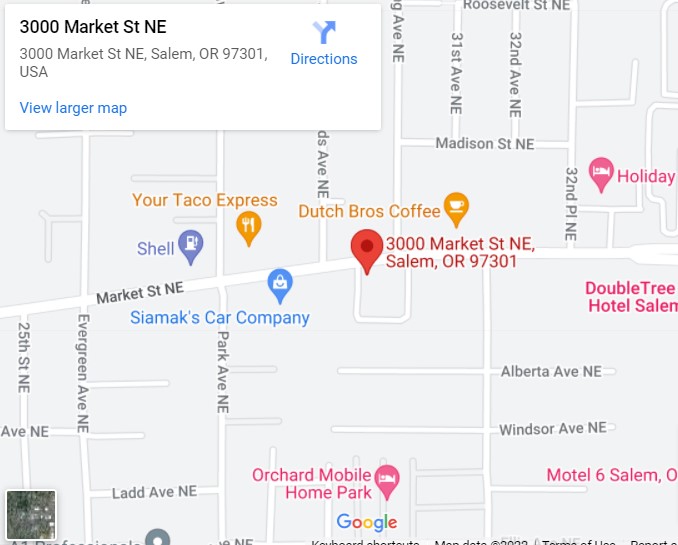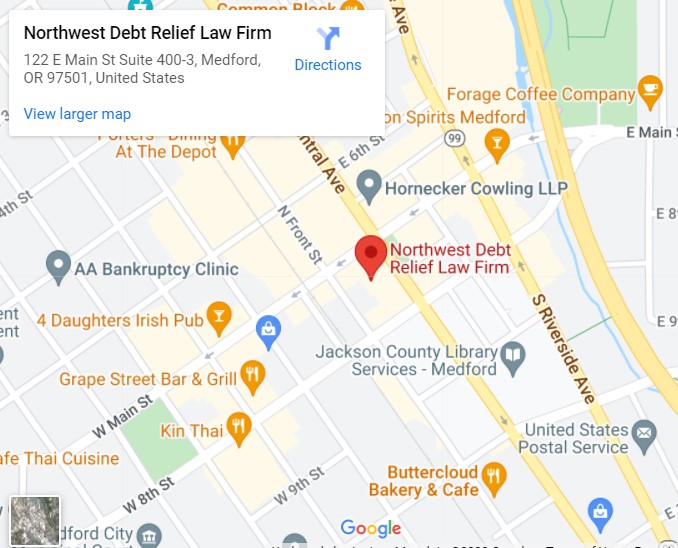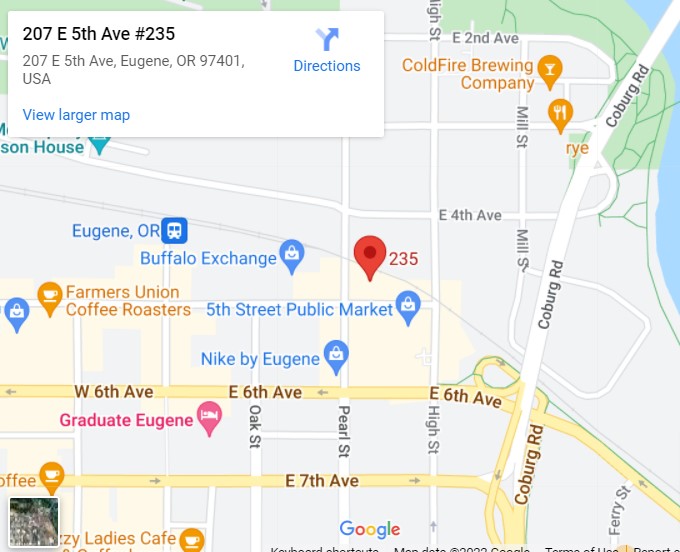Businesses that are struggling with debt often consider a bankruptcy petition. Most choose this legal process to be free from some (or possibly all) of their creditor debts.
After facing a huge unforeseen lawsuit filed against the company, some are forced to declare bankruptcy. As such, business owners associate bankruptcy cases with the feeling of failure, hardship, and loss. It is regarded as a last resort when a business hits rock bottom due to financial problems. This should not be the case.
Being bankrupt does not necessarily mean reaching the end game. There are positive and negative effects of bankruptcy that you need to know for you to achieve debt-settlement and have a fresh start even after you fail. There are various ways of declaring bankruptcy depending on the severity of your financial situation. Talking with Washington bankruptcy attorneys can help you make the right decision.
A company has to take into consideration several factors and laws before filing for bankruptcy. Some people who file for bankruptcy believe that this will instantly pay-off all their debts and financial obligations. However, that is not the scenario in the real world. When declaring bankruptcy, the debtor and creditors have to negotiate for an agreement to pay under certain provisions and stipulations.
Chapter 7
 To begin with, a business owner has to be knowledgeable about the different types of bankruptcy. The most common types are Chapter 7, Chapter 11, and Chapter 13. Each bankruptcy form has different terms and conditions that you need to consider before you settle. Chapter 7 is regarded as the most typical bankruptcy chapter. When you decide to file this, a bankruptcy trustee manages the liquidation of all your essential assets and personal properties, then proceeds to use it to pay as much of your debt as possible. You have to be below the standard monthly income level to qualify under this category. This is a good option if you cannot pay all existing debts that you owe or if you are sued and threatened by a lawsuit filed against you for unpaid debts. On the other hand, the downside of Chapter 7 is the fact that the bankruptcy filings will be kept on your credit report for ten years.
To begin with, a business owner has to be knowledgeable about the different types of bankruptcy. The most common types are Chapter 7, Chapter 11, and Chapter 13. Each bankruptcy form has different terms and conditions that you need to consider before you settle. Chapter 7 is regarded as the most typical bankruptcy chapter. When you decide to file this, a bankruptcy trustee manages the liquidation of all your essential assets and personal properties, then proceeds to use it to pay as much of your debt as possible. You have to be below the standard monthly income level to qualify under this category. This is a good option if you cannot pay all existing debts that you owe or if you are sued and threatened by a lawsuit filed against you for unpaid debts. On the other hand, the downside of Chapter 7 is the fact that the bankruptcy filings will be kept on your credit report for ten years.
Chapter 11
The next bankruptcy form is Chapter 11 reorganization. This type is all about restructuring your debts strategically for you to guarantee repayment over time. This is applicable for businesses that continue their operations even before and after filing bankruptcy. It does not use liquidated assets; however, this will also appear in your credit report for ten years.
Chapter 13
Chapter 13 is somehow similar to Chapter 11 since it also requires you to reorganize the total debt owed. The difference is that in this chapter, the filed bankruptcy will be kept in your credit record for only seven years. It is a form of installment payment plan that will allow you to repay your debts within a span of three to five years without the need to liquidate your assets.
Given all this information on bankruptcy pros and cons, it all boils down to the fact that your credit score is greatly affected by the incident. You might find it difficult to be endorsed for a new loan or credit after bankruptcy, but then again, there is still a chance of rebuilding credit as long as you maintain your excellent post-bankruptcy credit practices.
If you have doubts about the bankruptcy process and best debt solutions, do not hesitate to contact us at Northwest Debt Relief Law Firm for legal help and schedule a consultation with our experienced bankruptcy attorneys.




